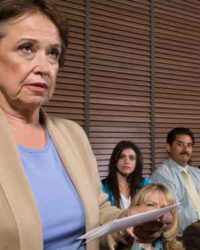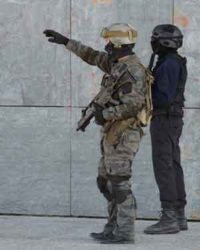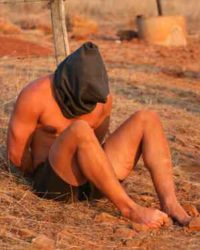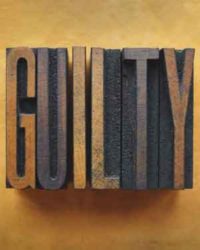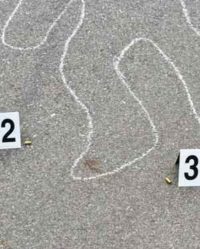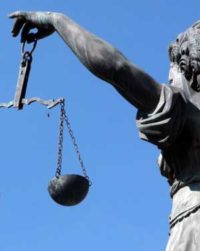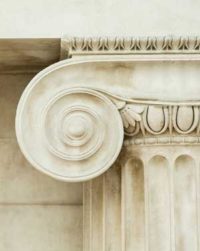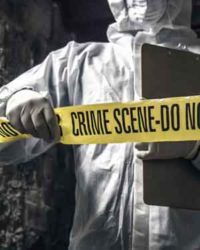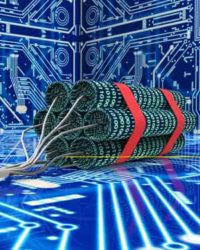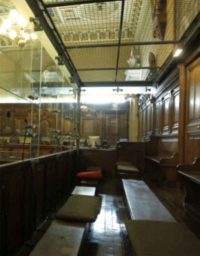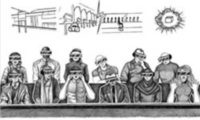
Trust in juries and courts in the Age of Terror
By Wes Ward, Charles Sturt University Thursday 8 June 2017
A book co-edited and part-written by a Charles Sturt University (CSU) legal expert has addressed the complex challenges faced by courts in Western democracies trying terrorism cases. Prof Jane Goodman-Delahunty believes that democratic practices such as the right to trial by jury are challenged in these cases by ethical, social and technological barriers.


